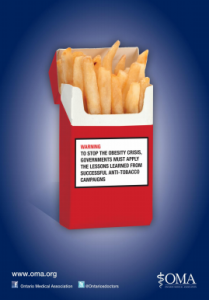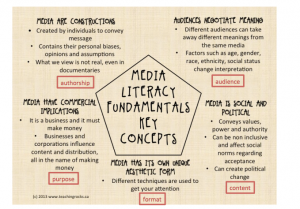It is important that educators communicate to students that excessive internet use can have a negative impact on young peoples physical, mental and social well being. Unfortunately the negative impacts of excessive internet use are not often communicated to young people until it starts to negatively impact their lives. Although most experts do not use the term “addiction” for excessive internet use because there are no physical symptoms it is becoming more common to hear the term “behaviour addiction” used to describe excessive use of the internet. Behaviour addiction is defined as “losing the ability to stop going online to the point where it impacts on other areas of your life, including relationships, emotions, social life, school, and so on” (www.mediasmarts.ca). Studies differ as to how long the average child spends on the internet but almost all report anywhere from 2-5 hours a day. So what can teachers do to help students recognize how long they spend on the internet everyday? Below are a list of prompts and discussion topics that educators can use.
- Discuss with students what they think the negative impacts of too much internet use is on their health. Talk specifically about the development of other interests. What are some things they can do after school that doesn’t involve television/ internet use.
- Talk about online safety and what it means to become “hooked” or to develop a habit. Let students know that sometimes becoming hooked to something happens naturally the more time you devote to a certain thing.
- Monitor their computer use in the classroom and make sure they stay on task. Help students develop the ability to stick to one activity. For example if they are researching a project let them devote 20 min to research and then 10 min to a personal interest online. This will teach them to focus on tasks and develop time management skills online.
- Talk to students about marketing and how the media they consume is being produced by people for specific purposes.
Excessive Internet Use. (n.d.). Retrieved March 08, 2017, from http://mediasmarts.ca/
Gimenez Guy et alii, (2003), “La dépendance à Internet, une addiction nouvelle ?”, L’information psychiatrique, vol 79, n°3. http://www.jle.com/en/revues/medecine/ipe/e-docs/00/03/F9/FF/article.phtml
M. (2013, October 17). Retrieved March 08, 2017, from https://www.youtube.com/watch?v=RdkH0GwJy6A








